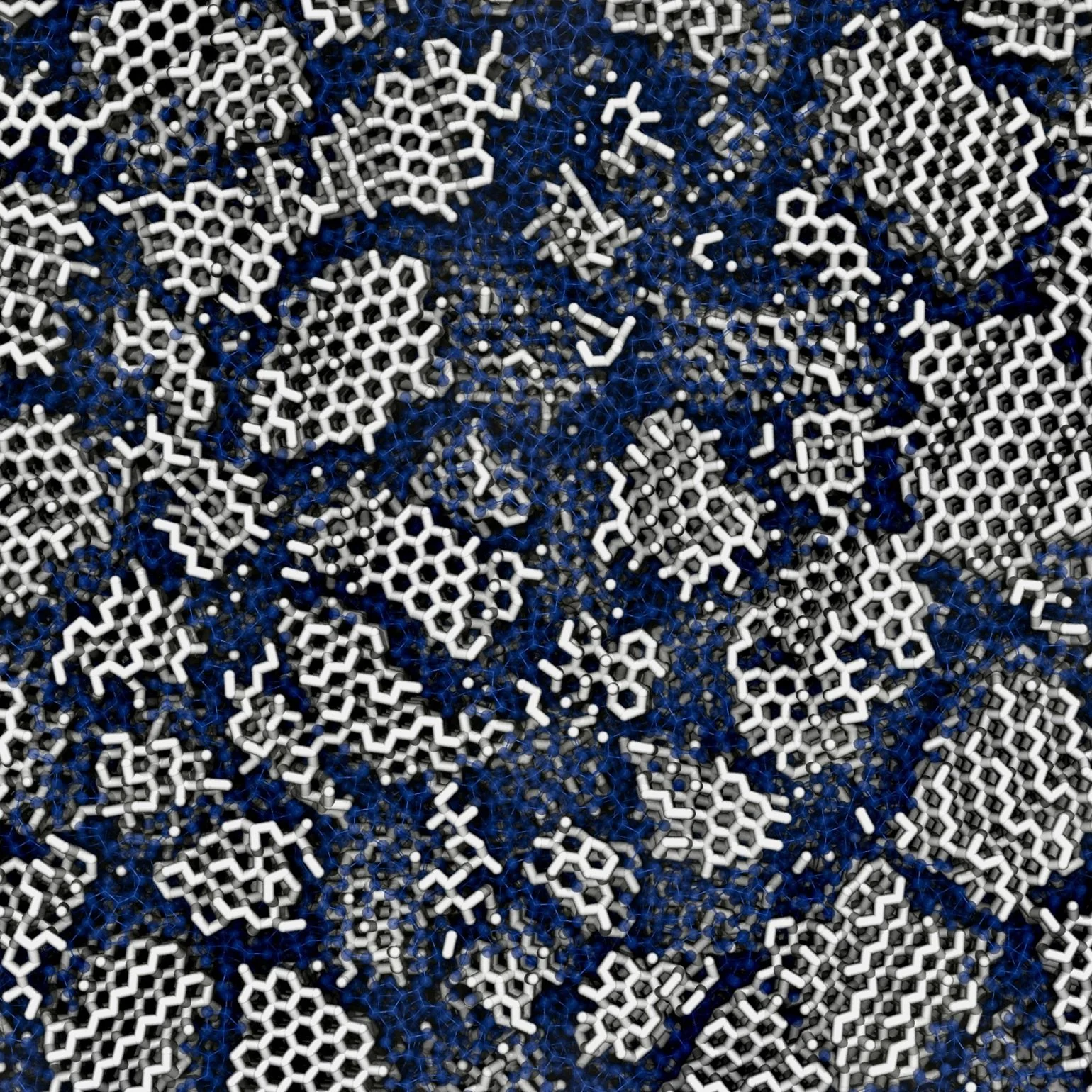We live in extraordinary times! Not even a mere two weeks ago, we reported on a massive leap towards self-sustaining nuclear fusion achieved in a US laboratory, today it's the Europeans’ turn!
Researchers at the Joint European Torus (JET) shattered a 24-year old record by achieving the highest-ever energy output of 59 megajoules from nuclear fusion, generated over a sustained period of time.
Image Credit: Efman via Shutterstock / HDR tune by Universal-Sci
As we explained in our previous article, nuclear fusion is the underlying process that powers our stars. During fusion, the nuclei of two atoms (hydrogen atoms, for example) are brought so close to each other that they fuse together (creating helium in this case), unleashing enormous amounts of energy compared to the amount of fuel.
The best-known example of nuclear fusion in nature is our Sun. Approximately 620 million tons of hydrogen is fused to become 616 million tons of helium every second. The discrepancy in mass manifests as immense amounts of energy, providing our planet with warmth and light.
Previous nuclear fusion record completely shattered
The previous record was established in 1997. Back then, researchers were able to generate a total energy output of 21.7 megajoules. The achieved peak power output was slightly higher, scientists only managed to sustain the reaction for a fraction of a second.
The new record was achieved with help from the world's biggest and most advanced tokamak (a device that confines fusion plasma in the correct shape using a very strong magnetic field, necessary to prevent the reactor from melting) at the Culham Center for Fusion Energy. JET produced more than double the energy (59 megajoules) of the previous record through a fusion reaction that was sustained for 5 seconds.
A 3D render of a tokamak. The Tokamak is currently the leading candidate for a feasible fusion reactor.- (Image Credit: Borshch Filipp via Shutterstock)
Future nuclear fusion experiments
Scientists believe that nuclear fusion has the potential to offer safe, green, and sustainable electricity for future generations.
This new record energy output along with the increased duration of maintaining the reaction is yet another step towards feasible commercial nuclear fusion.
With a so-called Q value of 0.33, the current experiment required roughly 3 times the input energy compared to what is generated. This value is low because the reactor quickly loses heat due to its small size. Construction is currently underway in the south of France to build a significantly larger reactor with ITER ("The Way" in Latin), an international nuclear fusion megaproject.
The ITER reactor will have 10 times the volume of the JET reactor. Expectations are high as scientists expect that this reactor will reach a Q value of 10 (over 30 times better than the JET value), generating 10 times the amount of input energy
ITER megaproject under construction in southern France. When completed it will be the largest experimental tokamak nuclear fusion reactor in the world - (Image Credit: Aerovista Luchtfotografie via Shutterstock)
According to Dr. Bernard Bigot, Director General of ITER, sustained fusion at this power level (nearly industrial-scale) delivers a great impulse for further global fusion efforts.
"For the ITER Project, the JET results are a strong confidence builder that we are on the right track as we move forward toward demonstrating full fusion power."
Sources and further reading:
JET: Joint European Torus - (UK Atomic Energy Authority)
Nuclear-fusion reactor smashes energy record - (Nature)
The Tokamak Reactors and How They Influence Nuclear Fusion - (Interesting Engineering)
Scientists got yet another step closer to self-sustaining nuclear fusion - (Universal-Sci)
If you enjoy our selection of content, consider subscribing to our newsletter - (Universal-Sci Weekly)
FEATURED ARTICLES:













